#Waste segregation
Explore tagged Tumblr posts
Text
हरे-भरे भविष्य के लिए समझदार चुनाव! आइए, मिलकर बदलाव लाएं! 🌍♻️
DiscoverAndRise लोगो में जागरूकता बढ़ाने और सकारात्मक बदलाव के लिए समर्पित है।आपके छोटे प्रयास बड़ा बदलाव ला सकते हैं।
#DiscoverAndRise#SaveTheEarth#Awareness#Community#WasteSegregation#EcoFriendly#SustainableLiving#RecycleRight#WasteSegregationisImportant#Save the earth#Waste segregation#Dry Waste#Wet Waste#Single-use plastic#Sustainable living#Eco-friendly
2 notes
·
View notes
Text
Not all waste is the same! Learn about different types of waste—including household, industrial, and hazardous waste—and explore the best disposal methods for a cleaner, greener environment.
#waste management#types of waste#eco-friendly disposal#sustainable waste solutions#recycling methods#hazardous waste disposal#waste segregation
0 notes
Text
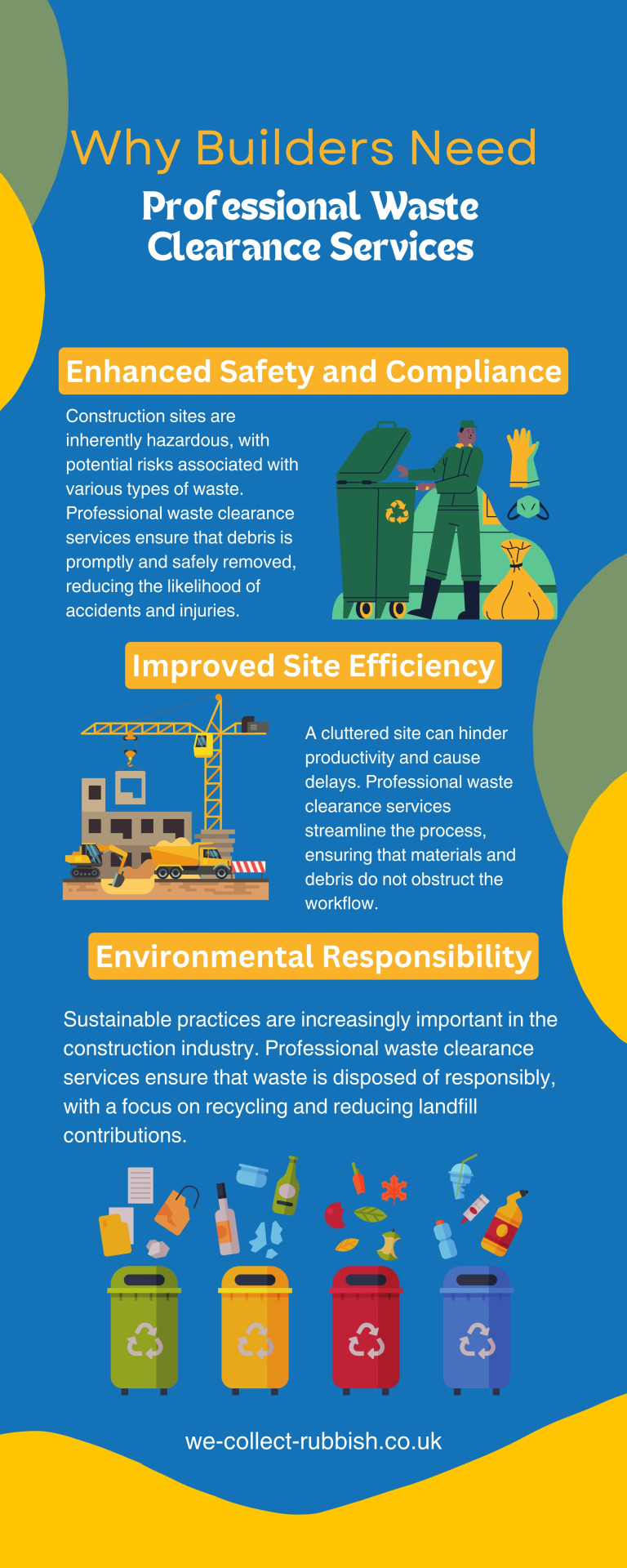
Why Builders Need Professional Waste Clearance Services
0 notes
Text
Learn essential waste management practices for chemical manufacturing from A-Gas Electronic Materials. This guide covers waste minimisation, segregation, recycling, safe storage, and compliance. Enhance sustainability and efficiency in your operations.
#waste management#chemical manufacturing#waste minimisation#waste segregation#recycling#safe storage#regulatory compliance#hazardous waste#solvent recovery#A-Gas Electronic Materials#UK#sustainability#industrial waste#chemical waste disposal#waste treatment#environmental regulations
0 notes
Text
#Plastic credit#Carbon credit#Waste Segregation#Waste Recycling#Portable Public Toilets#Mission Life
0 notes
Text
Eco-Friendly Modular Kitchen Accessories for a Greener Home

Discover eco-friendly modular kitchen accessories that promote sustainability. Transform your kitchen into an efficient, greener space.
#Modular Kitchen Accessories#Modern modular kitchen accessories#eco-friendly modular kitchen accessories#Efficient waste management#Pull-out waste segregation systems#plastic drawer organizers#bamboo cutlery trays#Energy-efficient LED lighting#cabinets and drawers#countertop compost bin#Multi-tiered pull-out pantry units#Eco-friendly faucets#Solar-powered appliances#modern kitchen#kitchen accessories#reusable storage containers#sustainable kitchen solutions
2 notes
·
View notes
Text
Preventing Flood and Improving Proper Segregation

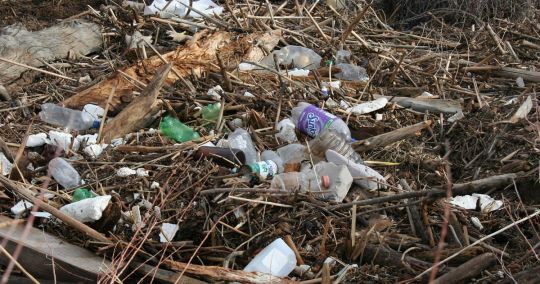
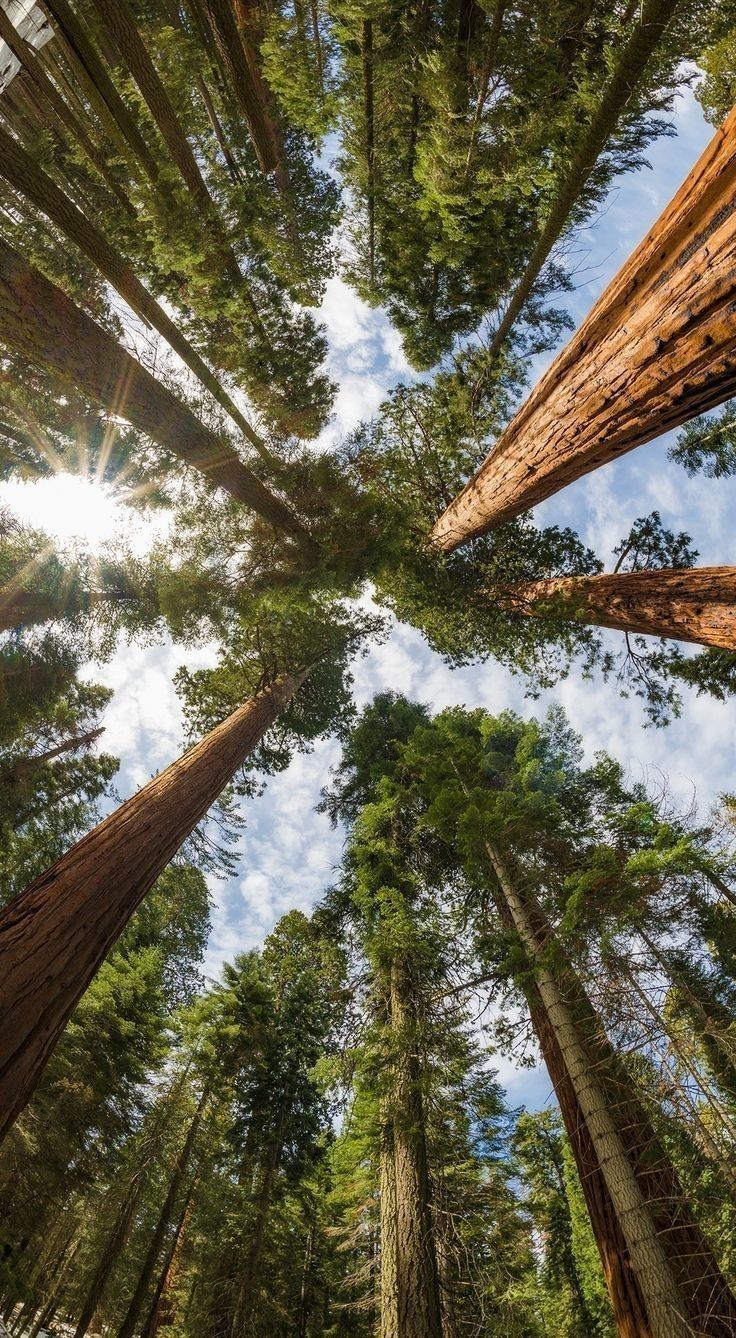
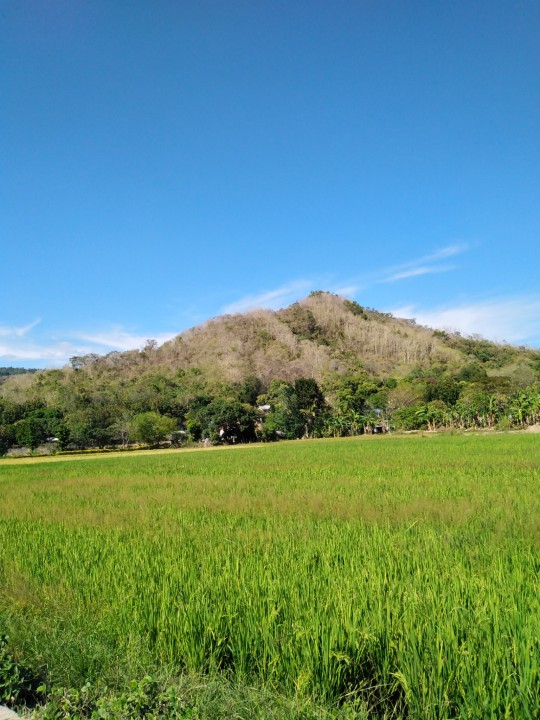
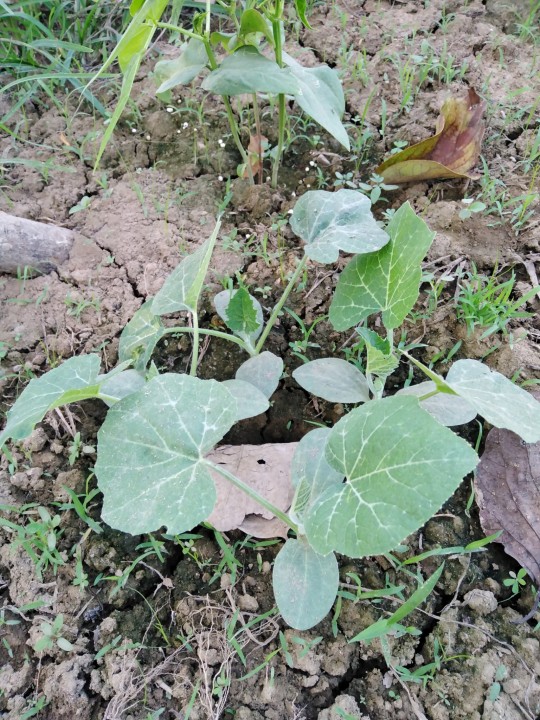
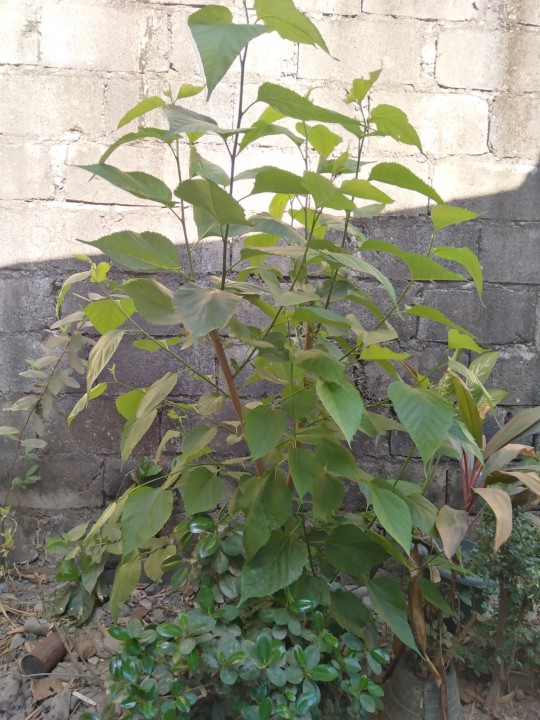
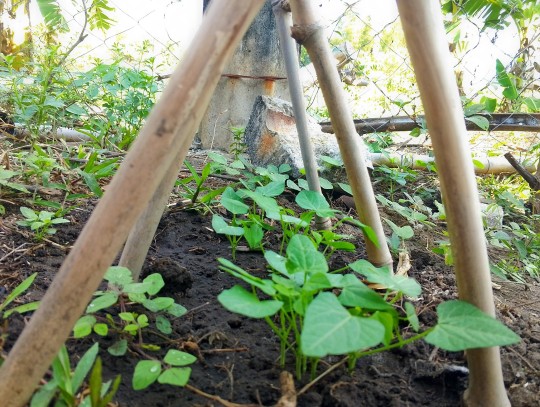
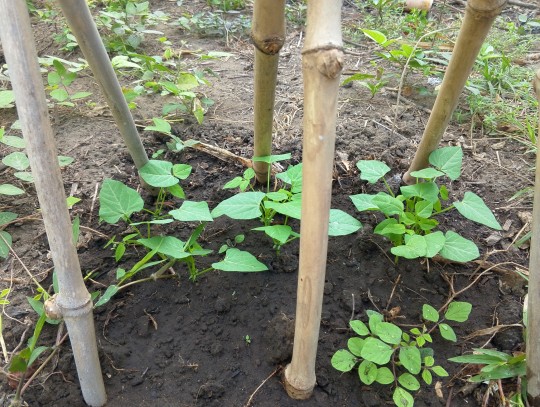
Improper waste segregation is the habitual dilemma even in our own locality. This kind of situation was the main problem even in a small town because of clogging of drainage and pond of trash because of the immorality of individuals regarding throwing the trash.
We just notice that some individuals didn't know how to segregate the trash and doesn't have the biodegradable, non biodegradable and recyclable bin in their community.
Planting is important in our life for numerous reasons. Here are some key benefits:
1. Environmental Impact: Plants play a crucial role in maintaining a healthy environment. They absorb carbon dioxide and release oxygen through photosynthesis, helping to reduce air pollution and combat climate change. Trees, in particular, are effective in absorbing harmful greenhouse gases and providing shade, which helps to cool the surrounding areas.
2. Biodiversity Conservation: Planting trees and other vegetation helps to preserve and restore natural habitats, supporting a diverse range of plant and animal species. This is important for maintaining ecological balance and preserving biodiversity.
3. Improved Air Quality: Plants act as natural air filters, removing pollutants and toxins from the air. They absorb harmful gases and particulate matter, thereby improving the quality of the air we breathe. This is especially beneficial in urban areas with high levels of pollution.
4. Soil Conservation: Planting trees and plants helps to prevent soil erosion. Their roots hold the soil together, reducing the risk of erosion caused by wind and water. This is crucial for maintaining fertile soil for agriculture and preventing land degradation.
5. Aesthetics and Mental Well-being: Plants enhance the beauty of our surroundings, whether it's a garden, park, or indoor space. Being in the presence of plants has been shown to have a positive impact on our mental well-being, reducing stress and improving mood.
7. Educational and Recreational Value: Planting and gardening provide opportunities for education and recreation. It allows us to learn about plant life cycles, ecosystems, and the importance of environmental stewardship. It also offers a rewarding and enjoyable hobby that can be shared with family and friends.
Plants contribute to reducing air pollution through a process called photosynthesis. During photosynthesis, plants absorb carbon dioxide from the air and release oxygen. This natural process helps to remove carbon dioxide, a greenhouse gas, from the atmosphere, which plays a significant role in mitigating climate change.
In addition to carbon dioxide absorption, plants also have the ability to filter and remove other pollutants from the air. The leaves of plants have small openings called stomata, which allow them to take in carbon dioxide for photosynthesis. These stomata can also absorb other gases and particles present in the air, such as nitrogen dioxide, ozone, sulfur dioxide, and particulate matter.
Trees, in particular, are effective in reducing air pollution. Their large canopies and extensive root systems make them excellent air filters. Trees can trap and absorb pollutants, including dust, smoke, and various gases, helping to improve air quality in urban areas. They also provide shade, which can lower temperatures and reduce the formation of ground-level ozone, a harmful air pollutant.
Urban green spaces, such as parks and gardens, with a variety of plants and trees, can act as "green lungs" for cities. They help to create a healthier and more pleasant environment by reducing the levels of air pollutants and providing oxygen-rich air for people to breathe.
Cutting trees and dead trees is also a dilemma to the cities like metro manila, trees are convenient and a life saver to the people since it was a good shelter when the sun was still and trees absorb water from the rain or even the stock water in the surroundings.
If we will throw our garbage properly and in the right segregation we can avoid the wrong habitual and we can see the smoothness of flowing water in the river and drainage in addition to that if we stop cutting trees it can absorb a water and it has many benefits to the individual in the communities and maybe some dead tree can survived due to the water absorbing .
It's important to note that while plants contribute to reducing air pollution, they alone cannot solve the problem entirely. It requires a collective effort to reduce emissions from various sources and adopt sustainable practices. However, planting and preserving vegetation play a crucial role in improving air quality and creating a more sustainable and livable environment.
2 notes
·
View notes
Text
Waste management plays a vital role in protecting the environment and ensuring a cleaner future. Without proper disposal and recycling methods, waste accumulates, leading to pollution, resource depletion, and health hazards. Effective strategies, such as industrial waste management and industrial waste segregation, help minimize environmental impact while promoting sustainable development. Businesses and industries must follow regulatory requirements, including Solid Waste Management Authorization and EPR Authorization For Battery Waste, to ensure responsible waste disposal. Read: https://scholarsglobe.com/blog/proper-waste-management-crucial-for-environmental-sustainability/
#legal#legal services#tax#industrial waste management#industrial waste segregation#Solid Waste Management Authorization#waste management certificate#EPR Authorization For Battery Waste#battery waste epr registration#waste management#advantages of waste management
0 notes
Text
ppl who goes against their "dni" and break their own rules by either invading other people's spaces or hate stalking the ppl they hate (which the said person they hate is literally everything they described in their dni list) will always make me so annoyed
#delete later#i stopped doing dnis and byf cuz i realized its fucking useless AND extremely stupid tbh. like i also find it extremely childish too#its like putting up a sign at a restaurant and going “people who supports and enjoys pineapple on pizza are not allowed here go away”#like i just now realized how stupid this whole thing is. it also feels like segregation ngl#also not all dnis and byfs work like a charm 100% of the time either cuz even if you list the triggers and things you hate ppl out there ar#going to be terrible about it and use your horrors against you and harm you. and its pretty fucked#but yeah on another note: ppl esp the young gen needs to start learning how to avoid something they hate and never look back on it ever#again. like i promise you if you focus on something you like you wont have to be fighting useless pointless battles cuz theyre a waste of#TIME AND ENERGY. please learn how to separate fiction and reality. not only that even if you try really hard on wanting to make things you#hate disappear as well as its supporters well im sorry to break it to you but things you hate will ALWAYS exist. shocking i know#just like how many ppl hate pinapple on pizza there also exists others that loves that kind of pizza alot and its never going away any time#soon. that applies for every other shit we hate just like how i hate the fucking great gatsby lol but it still continues to live on and#strive in highschool eng classes cuz again ppl likes that book lol and also it exists for ppl needing to learn higher reading comprehension#and levels and all that jazz and what not.#but yeah some ppl really needs to stop breaking their own boundaries and consuming things they hate. its really unhealthy#also stop hate stalking ppl you hate too. seriously. get a better hobby.
1 note
·
View note
Text

Do Your Part: Separate Smart! Keep our planet clean by segregating your daily waste.
For more info:
#pondicherry#pondicherrymunicipality#pondicherrylovers#recycling#segregation#solid waste management#garbage#reduce reuse recycle#no plastic#environment
0 notes
Text
Jugsalai Bata Chowk GVP Point Transformed in Cleanliness Drive
Jugsalai Municipal Council takes decisive action to combat improper waste disposal and promote sanitation Jugsalai’s waste management initiative sees success with the transformation of Bata Chowk GVP Point, implementing door-to-door collection and public awareness campaigns. JAMSHEDPUR – The Jugsalai Municipal Council has successfully revitalized the Bata Chowk Garbage Vulnerable Point (GVP) as…
#जनजीवन#Bata Chowk transformation#community waste awareness#door-to-door waste collection#GVP point cleanup#Jharkhand sanitation efforts#Jugsalai cleanliness drive#Life#municipal waste segregation#Swachh Bharat Mission Urban 2.0#urban cleanliness initiatives#waste management Jamshedpur
0 notes
Text
Discover how small efforts in recycling can lead to significant environmental benefits. This blog delves into the importance of waste segregation, reducing junk waste, and practical recycling strategies for households and businesses. Learn how to manage waste efficiently and contribute to a sustainable future with these actionable tips.
#recycling benefits#waste segregation tips#sustainable waste management#eco-friendly junk removal#reduce junk waste#recycling for sustainability#green living solutions#effective waste management#household recycling tips#junk management strategies
0 notes
Text

At Griffin Solutions, we specialize in waste segregation management, ensuring a cleaner and more sustainable environment. Our comprehensive services include the systematic separation of waste into recyclables, organic waste, hazardous materials, and general trash. By implementing effective waste segregation practices, we help reduce landfill use, promote recycling, and ensure the safe disposal of hazardous substances. Our team of experts provides tailored solutions for businesses and communities, emphasizing education and compliance with environmental regulations. Trust Griffin Solutions for efficient and responsible waste management, and join us in fostering a healthier, more sustainable future for our planet.
0 notes
Text
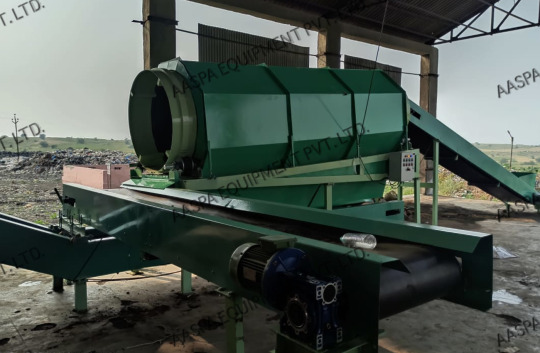
Solid Segregation Waste Plant
0 notes
Text
#C&D Waste Dry Line Processing Manufacturer in India#Feed Hopper#Recycled#Segregator#Picson Construction Equipments Pvt.Ltd
0 notes
Text
Maximize Storage with Kitchen Accessories in Jaipur

Discover the best kitchen accessories in Jaipur to maximize storage and enhance your kitchen's organization and functionality.
#Kitchen Accessories in Jaipur#smart storage solutions#Pull-out pantry shelves#right kitchen accessories in Jaipur#essential Kitchen Accessories in Jaipur#kitchen accessory#kitchen accessory stores in Jaipur#pull-out pantry systems#Corners in kitchens#Lazy Susans or carousel racks#innovative Kitchen Accessories in Jaipur#kitchen hardware#corner storage solutions#Modular drawer organizers#kitchen accessory retailers in Jaipur#Wall-mounted racks and hooks#versatile Kitchen Accessories in Jaipur#Modern kitchens#pull-out waste segregation bins#seeking high-quality solutions#premium kitchen hardware and accessories#Laranza
1 note
·
View note